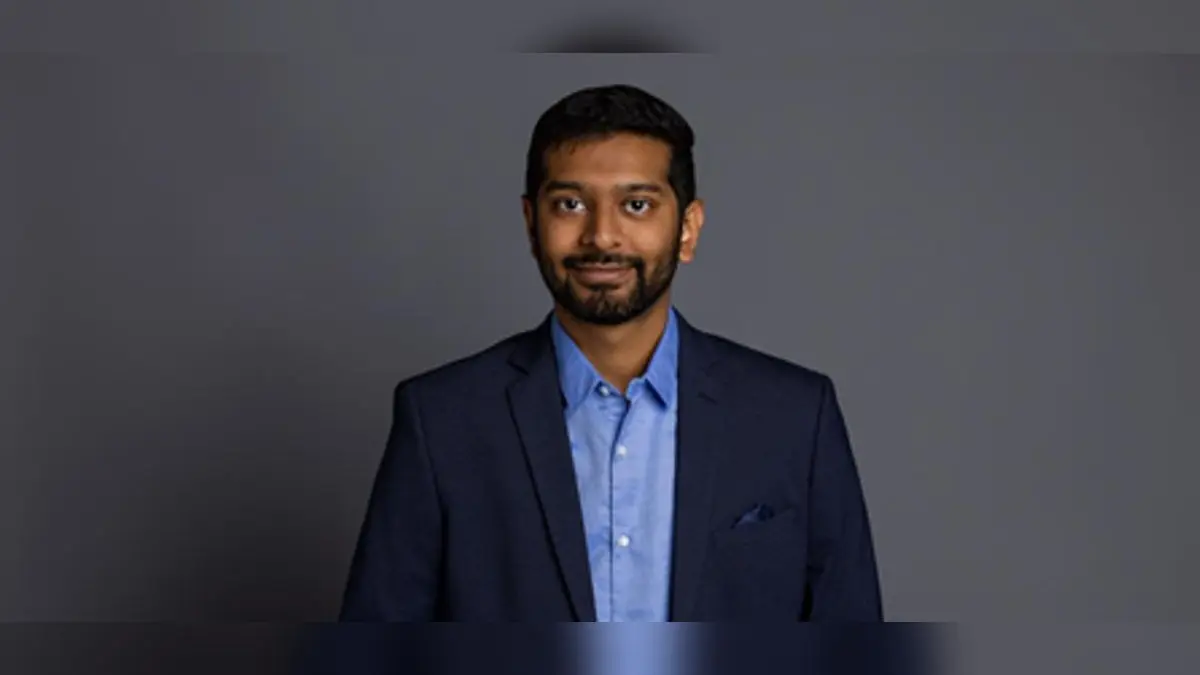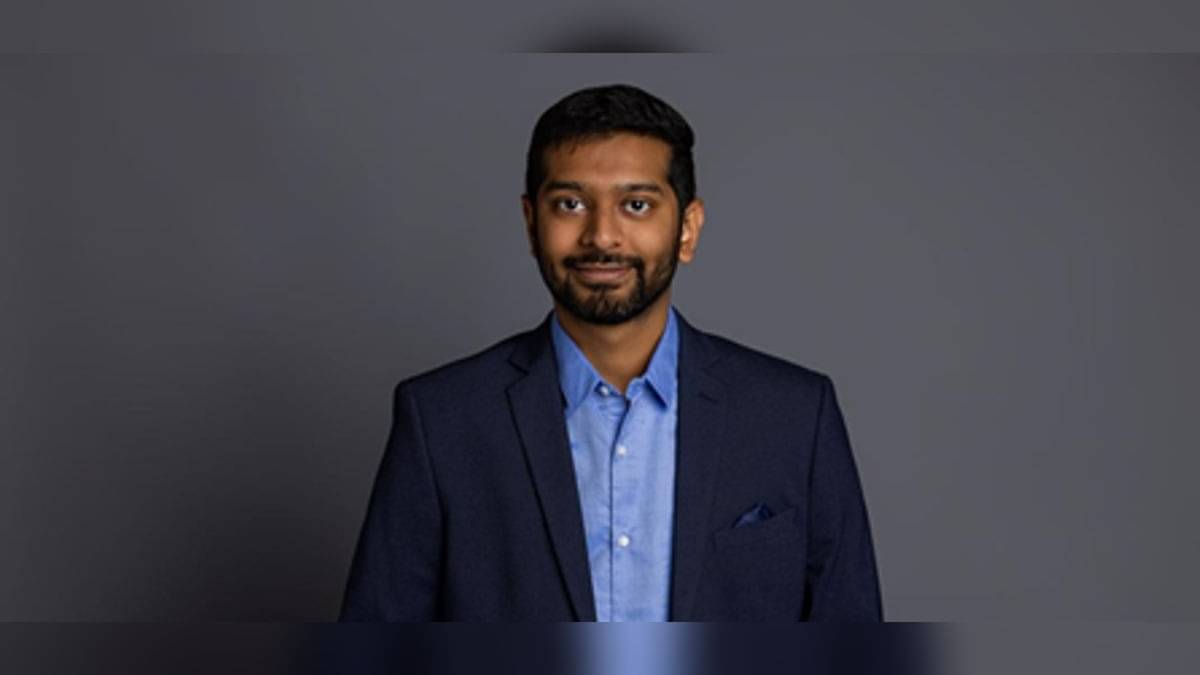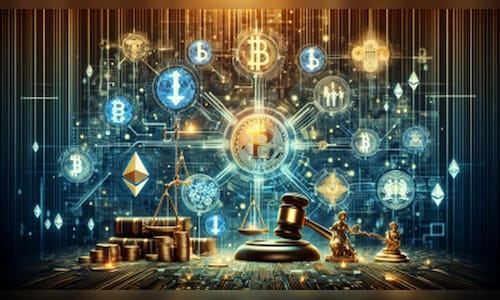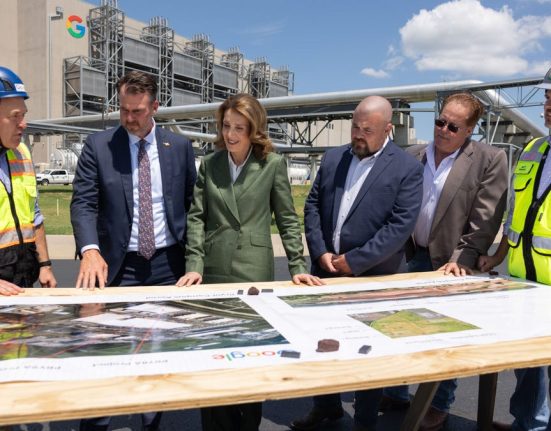
Tech Leader Rahul Arulkumaran Connects Artificial Intelligence and Cryptocurrency Systems | Image:
Initiative Desk
Rahul Arulkumaran, AI engineering manager at Yuma, a Digital Currency Group subsidiary, leads development at the intersection of artificial intelligence (AI) and blockchain technology. He is a member of the Forbes Technology Council and has been invited to speak about his contributions to Decentralized AI at various conferences, including Google DevFest, IEEE, IC2S2, and Akash Accelerate. His research—particularly in the application of Decentralized AI to financial systems—has been widely cited by other teams in the industry, establishing him as one of the leading experts and thought leaders in the Decentralized AI
landscape.“The integration of AI and decentralized systems is reshaping our approach to information processing, producing high quality predictive models, and digital security,” Rahul Arulkumaran notes. His work demonstrates the ongoing evolution in AI innovation and digital currency sectors. According to market research, the global AI technology market—valued at $233.46 billion in 2024—is projected to grow to $1,771.62 billion by 2032. In comparison, the global Decentralized AI market, currently valued at $30 billion, is expected to reach $390 billion over the same period.
Decentralized Systems and Their Impact
Decentralized AI introduces fundamental changes to traditional AI architectures, particularly regarding data governance and computational transparency. Conventional centralized AI frameworks face scrutiny over data access controls and operational visibility. Decentralized systems integrate blockchain technology to record and validate AI computations, creating auditable trails of model development processes. Recent surveys indicate that technical professionals believe decentralization could enhance AI model performance, highlighting growing recognition of distributed computing’s potential.
The implementation of decentralized AI requires deep expertise in both artificial intelligence and blockchain technologies. Rahul addresses complex challenges involving scalability, protocol compatibility, consensus mechanisms and their intersection with general concepts of AI. His prior work on the S&P 500 Oracle, deployed on the Bittensor blockchain, was one of the first ever financial prediction solutions built using Decentralized AI concepts and demonstrates practical financial applications, achieving over 75% accuracy for five-minute price forecasts. This performance surpasses established benchmarks from academic research, validating the efficacy of integrated AI and blockchain solutions. In his current role at Yuma as an AI Engineering Manager, Rahul leads initiatives to help traditional AI teams adopt and benefit from Decentralized AI technologies. He serves as a technical advisor while also managing and mentoring a team of software and AI engineers to develop forward-looking AI solutions that address many of the challenges faced by conventional AI systems. To date, Rahul has advised more than 10 companies on the technical implementation and incentive mechanisms of their AI solutions.
Market Growth and Economic Potential
Integrating AI and decentralized networks creates substantial economic opportunities while raising important regulatory considerations. Industry analyst Amit Pradhan estimates that half of all decentralized financial platforms will incorporate AI systems by 2030, suggesting extensive market transformation. The decentralized AI sector’s market capitalization reached $30 billion in 2024, representing quadruple growth from the previous year. This expansion reflects both technological advancement and market confidence in decentralized AI.
Rahul Arulkumaran continues to advance technical capabilities, creating AI models specifically designed for cryptocurrency and decentralized networks. His efforts focus on cryptographic verification capabilities to enhance system reliability, while developing a fair and open system for AI model development. His work targets fundamental challenges in AI development like data privacy protection and operational transparency while maintaining high performance standards across implementations. Rahul’s successes demonstrate the practical potential of combining AI with decentralized technology.
Regulatory Framework and Future Challenges
The regulatory framework of decentralized AI poses complex challenges around data protection and compliance. Rahul Arulkumaran’s work addresses these issues, developing solutions that promote advancement while meeting regulatory requirements. This expanding field demands close collaboration between industry experts and regulatory authorities to establish effective governance frameworks.
Universities and research institutions have begun addressing these challenges through specialized educational programs. Industry forecasts suggest that 85 million positions in emerging technologies may remain unfilled by 2030, emphasizing the need for comprehensive training combining artificial intelligence and blockchain technology expertise.
This skills gap represents both an industry challenge and an opportunity for professionals seeking to specialize in this expanding field. Academic institutions worldwide have started developing curricula specifically designed to meet the demands of this changing technological landscape. Rahul actively mentors students and delivers talks on Decentralized AI at various universities, including his alma mater, the State University of New York at Buffalo. He has been recognized as a “Top 1% Mentor” on platforms such as Topmate and ADPList. His work continues to influence how Decentralized AI systems are designed, evaluated, and incentivized, setting new industry standards that are increasingly adopted by subnets and researchers alike. At the same time, he remains committed to nurturing the next generation of professionals in the field.







